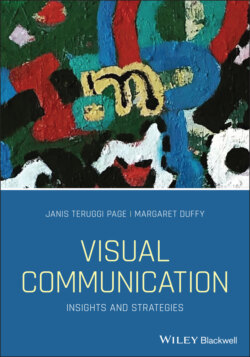Читать книгу Visual Communication - Janis Teruggi Page - Страница 29
FOCUS: Saving Big Bird
Оглавление“I'm sorry, Jim. I'm gonna stop the subsidy to PBS … I like PBS. I love Big Bird. I actually like you, too. But I'm not gonna keep on spending money on things to borrow money from China to pay for it.” With those words in the first presidential debate of 2012, moderated by Jim Lehrer of Public Broadcasting System (PBS), candidate Mitt Romney made Big Bird the star of the debate and launched a tidal wave of social media messages. Most of those messages were highly visual. A @firebigbird Twitter account popped up almost immediately and social and traditional media exploded with memes, jokes, parodies, and videos.
In a frequently shared image, a child holds a sign while standing in front of an American flag. The sign, written in childlike printing, reads “My American dream is to save Big Bird's job so kids can learn.”
A close reading of the image leads the viewer to several interpretations. First, it draws attention to PBS and its programming aimed at educating diverse young people and dependent, in part, on the financial support of the US government. Second, the image alludes to Romney's proposed funding cut. And through the image of the child (of indeterminate ethnicity and sex) against a background of the US flag, it suggests that all of America's children are threatened by the potential loss of PBS programming and their “American dream” of educational opportunities. Thus, the viewer is invited to fill in the blanks and complete the meaning of the message (Page and Duffy 2013).
